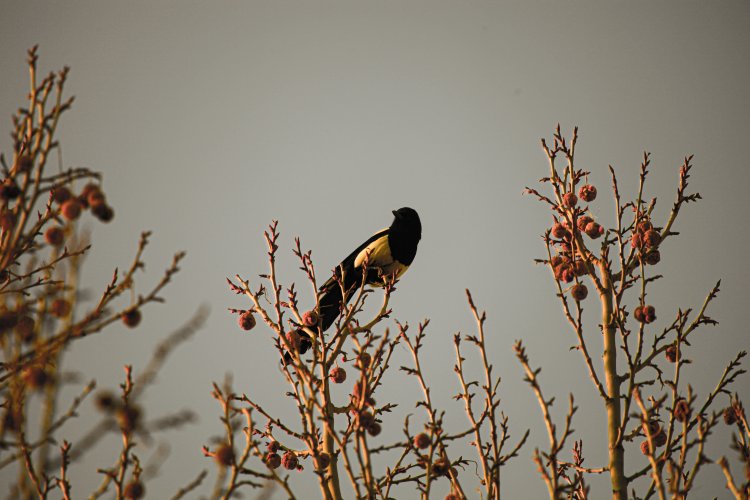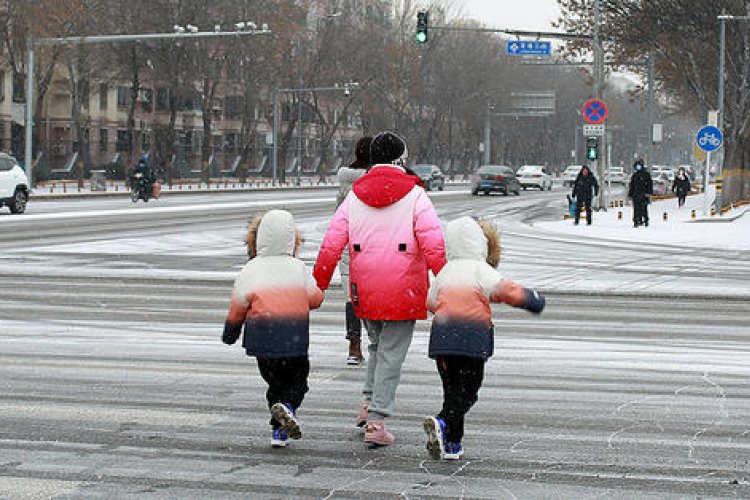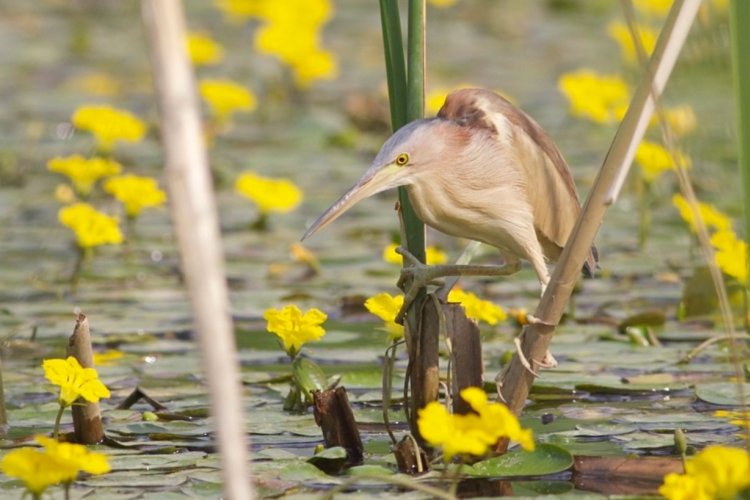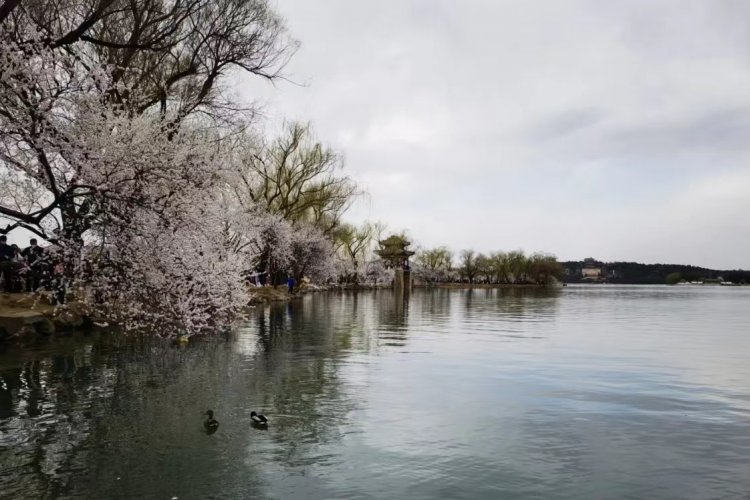Beicology: New Study Reveals What Beijing is Doing Right on Bird Biodiversity
Beijing is for the birds. As we reported in 2020, the capital has been doing a fine job of recovering avian biodiversity after years of losses. Now, local scientists are beginning to put together the pieces as to what birds like about the city. In particular, they looked toward park water bodies for answers, and what they found may change the way we understand conservation.
In their study published this February, scholars from Beijing’s Chinese Academy of Sciences, in cooperation with the University of Science and Technology of China in Hefei and the University of Washington investigated Beijing’s bird populations and found greater diversity of forest-dwelling birds in areas nearer to water bodies in both breeding and wintering seasons. They say that this finding has significant implications for city planners who want to take conservation into consideration.

In order to understand how park water bodies can influence non-water birds, let's backtrack a bit. For a time, the majority of scientific studies on bird populations focused on the sharp divide between rural and urban bird populations, noting a nosedive in the latter’s diversity. Over the past few decades, however, as environmental scientists began to notice that cities around the world tend to exhibit vastly different levels of bird diversity, there were two ways of looking for an explanation.
One option is to look into factors directly related to the birds’ habitats – the specific shrubs, bushes, and trees where the birds reside, the local climate, and any human disturbances, from land development to pesticides.
On the other hand, they could look into the habitats’ surrounding landscapes – is vegetation continuous or patchy? Are habitats connected through other functional habitats (“corridors”)? How far are habitats from agriculture, green areas, and human-made structures?
In the course of the past couple of decades, scientists have found that both habitat and surrounding landscape factors affect bird diversity, but the former was deemed more important. In other words, scientists came to understand that birds need a nice house first-and-foremost, and a nice neighborhood second.
But the authors of this latest study noticed a key factor in landscape considerations had been lacking in the literature and suspected that the role of water bodies had been under-estimated – after all, they already knew that forest birds using water bodies for bathing are key in understanding the divide between rural and urban bird populations. They acknowledge that habitat factors remain important, but their comprehensive collection of data from Beijing found that landscape factors actually outweigh habitat factors when water bodies are taken into consideration.
For example, they found that replacing a green area with a water body results in a net increase in bird species diversity.

It is also important to distinguish between migratory birds and resident birds. For local birds, the wintering season is most important for local resident birds – the Beijinger birds, as it were. In fact, both resident water birds and forest birds are attracted to water bodies during the winter, even as they freeze.
But for migrators, the study found that the city’s water bodies are essential for attracting birds during breeding season, which seems to have broader implications for national and international bird populations.
Interestingly, the scholars also found that birds are more attracted to smaller neighborhood water bodies when they are placed near a large park water body. This, the authors argue, implies that city planners, both in Beijing and otherwise, should be paying attention to how water bodies are distributed throughout urban environments.
READ: Spring has (Finally) Sprung! Here's Where to See Blossoms







